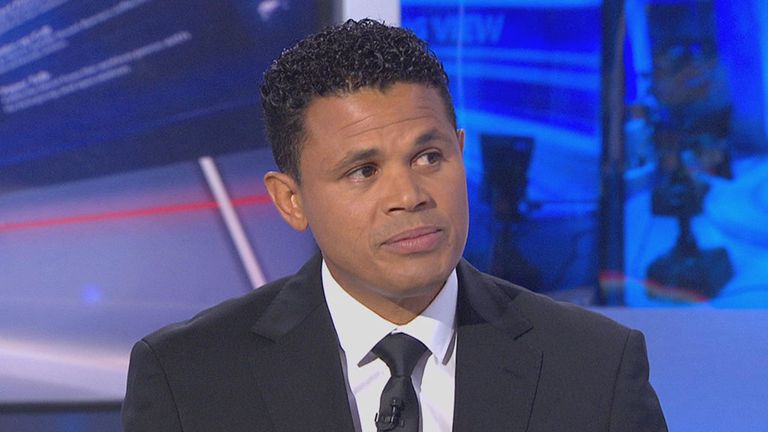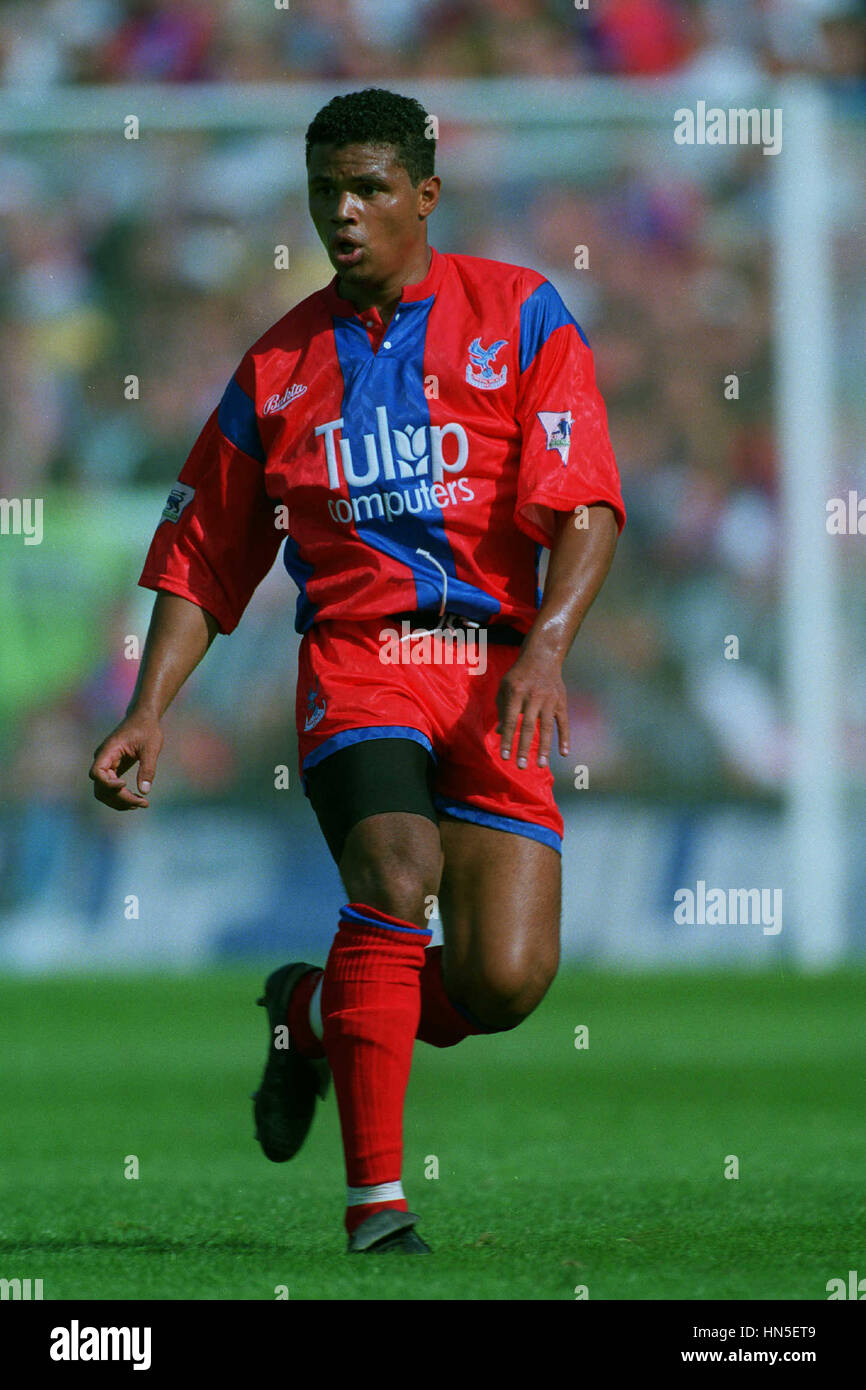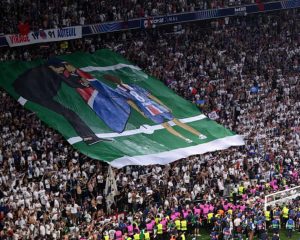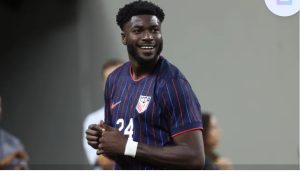Despite its cyclical nature, the serendipitous nature of football never surprises – never more clearly illustrated than by John Salako’s return to action on this day 30 years ago (October 2 in 1993), was praised as “pure theater”.
It was on this date exactly two years prior that then 22-year-old Salako – a goal-scoring winger at the peak of his powers, who had played a key role in Palace’s 1989 promotion to the First Division, the run to the 1990 FA Cup final and the ’91 Full Members Cup triumph – experienced a sad prognosis.

The Eagles had faced previously-unbeaten Leeds United at Selhurst Park the evening prior, Mark Bright scoring the only goal in 1-0 win in the First Division – but the result was marred within 24 hours.
Salako had fallen heavily during the game and, undergoing an exploratory operation the next day, discovered that both crucial ligaments behind his left knee had been severed.
The injury was so severe that it required not only a trip to California to find a relevant specialist, but an operation whereby a donor’s Achilles tendon was used to replace it.
As Salako himself put it: “At 4am, I was coming home from the hospital after being told I might not play again. Yeah, that was a long day.”
For a player who had made his England debut only months prior, and whose creative skills were the perfect foil to the ‘Wright & Bright’ partnership of that era (although Wright had moved to Arsenal at the time of the injury), it was a devastating blow.
Salako would not see first-team action for the remainder of the season, only returning competitively 10 months later when Palace faced Blackburn Rovers on the opening day of the 1992/93 season.
He picked up where he left off, with six assists in his first 13 appearances of the season, and even earned a recall to the Three Lions’ squad for the 1994 World Cup qualifier against Norway. “Of course I’m delighted to be in the England squad again,” the winger said.
“I’m delighted to be playing. I’m delighted just to be out there.”
But further cruel blows followed, as the after-effects of the injury ended Salako’s season in November, the requisite further surgery ruling him out for a further 11 months as Palace were relegated on goal difference from the inaugural Premier League.
So dramatic were the twists in Salako’s career that his remarkable return to Selhurst Park, on this day 30 years ago, perhaps should not have been a surprise.
Having come on as a substitute the week prior the week before at Charlton Athletic, Salako’s first start – surrounded by a much-changed side under new manager Alan Smith – proved quite sensational.
Stoke City were the victims of a John Salako reborn, the Potters at that stage unbeaten away from home in the league, but seeing that record under threat when Gareth Southgate fired Palace ahead from 12 yards midway through the first-half.
More good work from the future England manager then allowed David Whyte to tee up Salako for a left-footed finish on the slide at the far post – but the winger wasn’t done yet.
Watch goals from the game at 3:54 in the video player below.
half-time, Salako extended Palace’s lead, tapping home a cross with his right.
The deficit was reduced with 15 minutes left on the clock but, just five minutes later, Salako’s sumptuous return received its inevitable conclusion, the winger rising highest at the back post to thump home his third of the game – and complete a ‘perfect hat-trick’ to boot.
“Pure theatre,” Smith said after the game. “There is something about his personality that makes that sort of thing happen.”

Perhaps conscious of keeping young feet on the ground, a stark warning from the manager followed – “’I’m not happy with the way John has been training” – but nobody was surprised when the winger was included in a League Cup win over Charlton three days later.
Palace would go on to win the First Division and make an immediate return to the Premier League before departing for Coventry City, but after all those long days of rehabilitation, this was a remarkable way to announce his return.
He was voted into Palace’s Centenary XI in 2005 and has since had spells coaching both Palace’s first-team and Academy sides.







